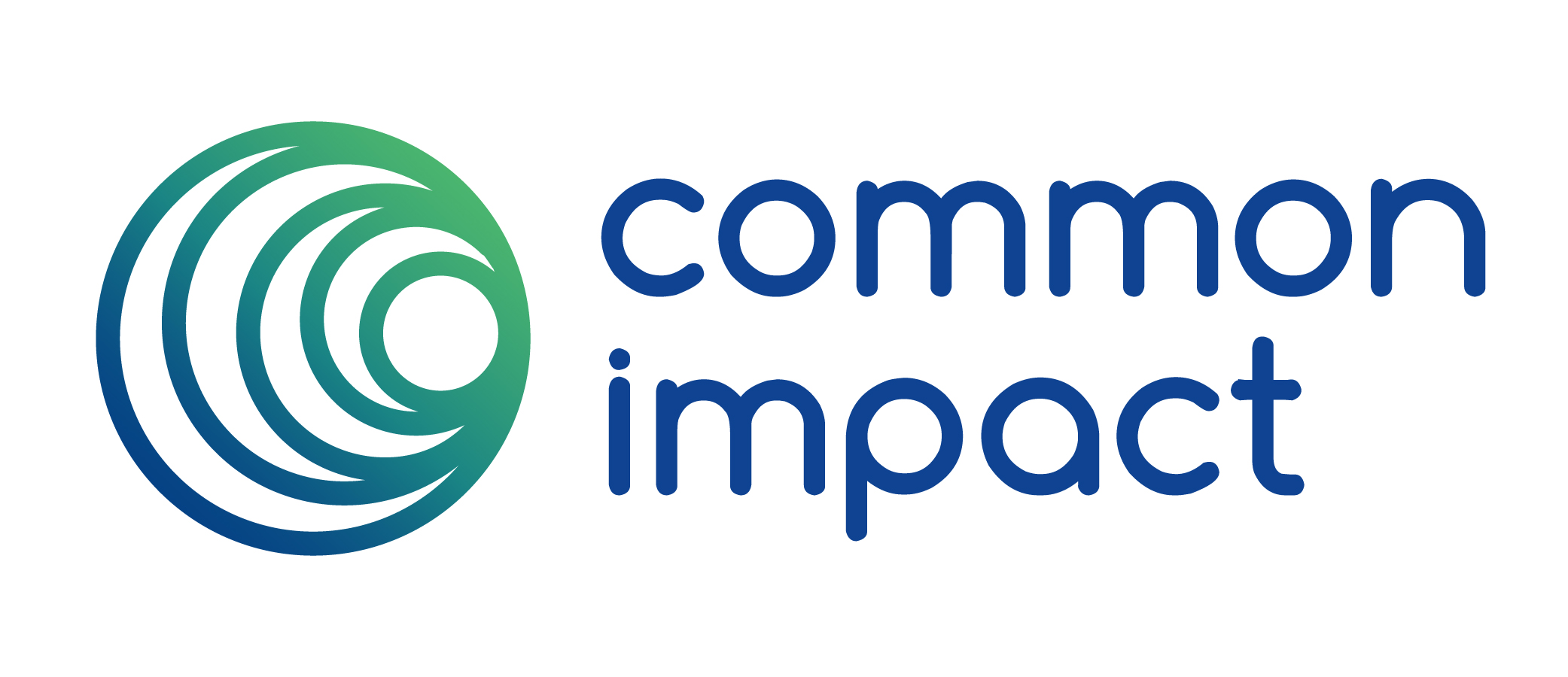The Essentials of Engagement
by Danielle Holly

by Danielle Holly, Common Impact
Purpose. Engagement. Impact. These workplace buzzwords are swarming around us as we figure out ways to approach our new workplace culture. Employees, particularly those working in the private sector, are disengaged and are decreasingly loyal to their company. At all stages in their career, individuals are looking for larger meaning in the work that they’re doing every day. And all of this is happening within a workforce that is increasingly elastic.
Employers are scrambling to figure out how to attract and retain this new more flexible, entrepreneurial, and purpose-driven workforce. So, we place ping pong tables in our offices. We create volunteer days and dollars-for-doer programs. We provide remote work policies to allow work to fit into life and life to fit into work. We promote them proudly when, in an interview, our top candidate asks us what programs she can take part in to have an impact on her city or town.
But what we’re now seeing, is that once we’ve got her in the door, she’s not signing up for our annual volunteer day. She’s not taking advantage of the paid volunteer time off she receives each year. She’s not hanging out at the ping pong table. She’s putting in the standard 10-12-hour day in her office and, at the end of the year, letting her employer know – through anonymous survey – that she’s not feeling engaged.
While this is certainly not true for every employee, one of the greatest and growing challenges that Common Impact hears from companies is that employees vocalize an enormous demand for wanting to give back to the community – but then don’t sign up for the opportunities that their employers provide.
If this new workforce is so strongly demanding purpose-driven and pro-social initiatives, why aren’t they showing up?
Because, often, we’re missing the fundamentals of what causes people to engage. Engagement happens between people – not things. If an employee is engaged with his or her company, it’s because they know, understand and believe in its people and its leadership. When a person has a passion for a cause, it’s usually because they have been personally affected by it, or know someone who has. No level of creative marketing and or well-placed engagement carrot can replace the empathy and experience that drives true engagement. We need to connect our people more deeply, more simply, to the people we’re trying to serve through our community impact work.
We are all social creatures. We, by nature, want to be connected, included and part of a pack. Indeed, not feeling included activates a pain response in our brain that is similar to being physically injured. But being part of a group, by design, means that there are people that are not included. People outside what is called our “empathy circle.[1]” People to whom we don’t connect and empathize as easily as we do with those inside our group. These “other” people, more often than not, is the category that the populations in most need fall into – homeless individuals, impoverished communities in our hometowns, recovering drug and alcohol abusers. These are the populations that we’re ultimately trying to impact with our engagement programs and the people – not the causes – with which we need our employees to connect.
Truly engaging people is not about reconfirming that they’re in the pack they’re in, by promoting the fact that they’ll be hanging out with colleagues, that they’ll have a fun time away from their desk, that they’ll be supporting enter important cause here. Rather, it’s about reconnecting them to a broader group and reminding them how similar they are to the people your philanthropic efforts are trying to serve – through experience.
This past spring, Amnesty International Poland demonstrated how quickly this can happen. The organization conducted a study (video link here) where they sat Europeans across from Syrian refugees and had them simply look at each other for four minutes. By the end of that short time, the pairs were laughing together, crying together, embracing – the younger children were running and playing.
This very basic human connection is where we need to start – or in some cases get back to – with our thinking around how to truly engage employees, to get them to sign up, and to help them find the purpose they’re looking for in their work. Over the next few months, Common Impact will be lifting up the stories from companies, nonprofits, and individuals who have figured out how to create these powerful connections that drive true meaning and engagement.
What experiences have you had driving engagements? What experiments and initiatives have you seen? We’re eager to hear and share your stories!
[1] David Eagleman, PBS’s The Brain (Thank you to the Impact 2030 team for sharing this at the leadership meeting in Barcelona!)

